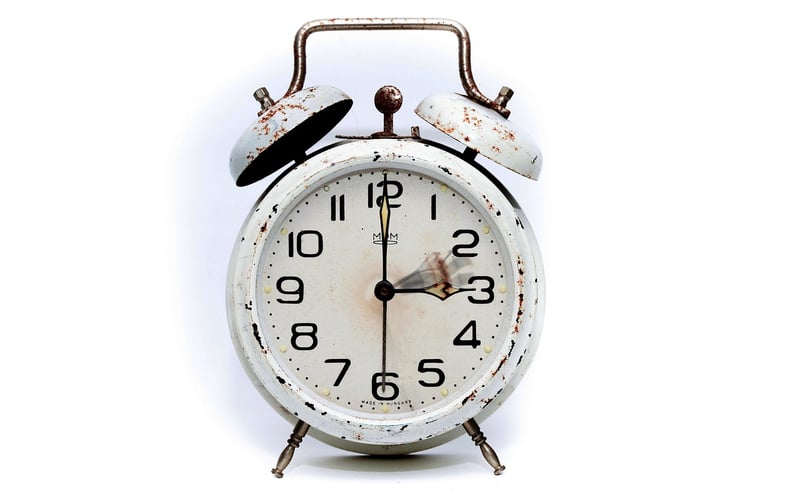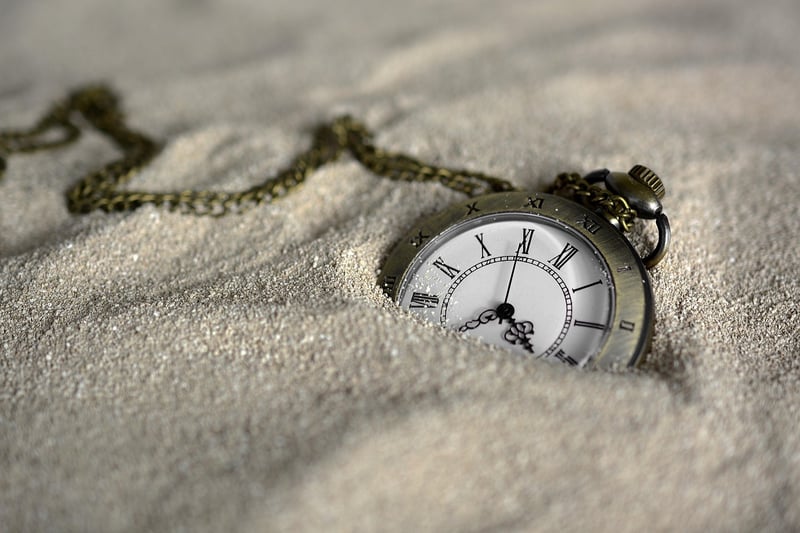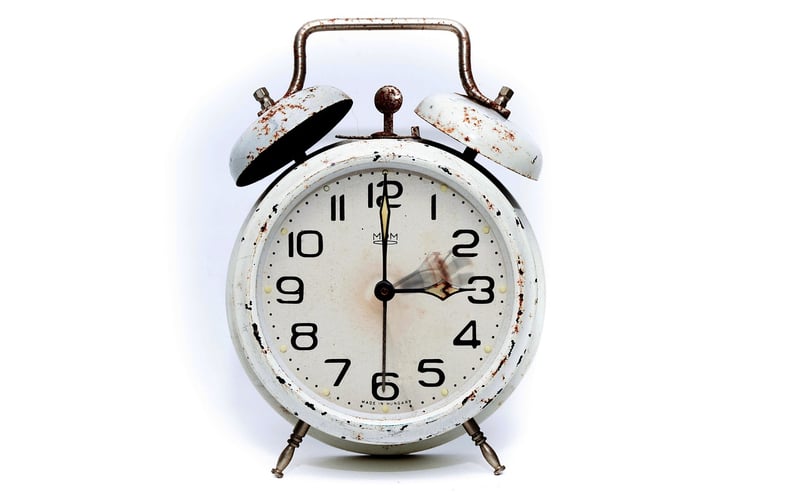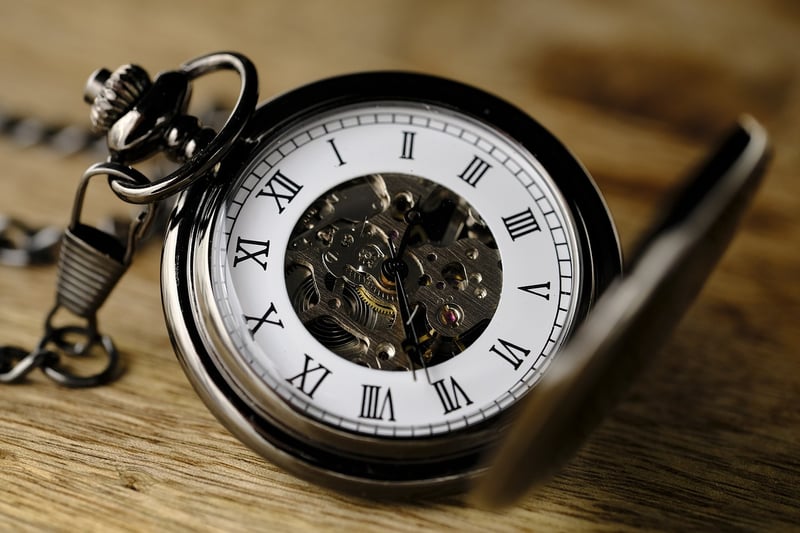Historical Alterations
The Evolution of Time: Exploring Historical Alterations in Timekeeping
Time, an intangible concept that governs our lives, has been a subject of fascination and innovation throughout history. From the ancient sundials to modern atomic clocks, the way we measure time has undergone significant changes over the centuries. Let's delve into the intriguing narratives of timekeeping and explore the historical alterations that have shaped our perception of time.
The Sundial: A Timeless Classic
One of the earliest timekeeping devices, the sundial, relied on the sun's position to indicate the time of day. Used by ancient civilizations such as the Egyptians and Greeks, sundials were simple yet effective tools that marked the passage of time with shadows cast by the sun.

The Mechanical Clock: Precision in Motion
The invention of mechanical clocks in the Middle Ages revolutionized timekeeping. These intricate devices, often adorned with elaborate designs, used gears and weights to regulate the movement of hands on a dial. Mechanical clocks paved the way for standardized timekeeping and played a crucial role in the development of modern horology.

The Industrial Revolution and Time Zones
With the advent of the Industrial Revolution and the expansion of railway networks, the need for standardized time became imperative. This led to the establishment of time zones, dividing the world into segments based on longitudinal lines. The introduction of Greenwich Mean Time (GMT) in 1884 marked a significant milestone in global time coordination.

The Atomic Clock: Unparalleled Precision
Modern timekeeping reached new heights with the development of atomic clocks. These highly accurate timepieces measure time based on the vibrations of atoms, ensuring precision to the nanosecond. Atomic clocks form the foundation of Coordinated Universal Time (UTC) and are indispensable in fields such as telecommunications, satellite navigation, and scientific research.

Timekeeping in the Digital Age
In today's digital era, timekeeping has transcended traditional boundaries. Smartphones, computers, and interconnected devices synchronize time seamlessly, offering unparalleled convenience and accuracy. The evolution of timekeeping continues to redefine our relationship with time in an increasingly interconnected world.
From sundials to atomic clocks, the evolution of timekeeping reflects humanity's quest for precision, efficiency, and synchronization. As we navigate the intricacies of time, each historical alteration serves as a testament to our enduring fascination with capturing and measuring the essence of time itself.
Explore more about the history of timekeeping and the fascinating world of horology to unravel the mysteries of time's evolution.
